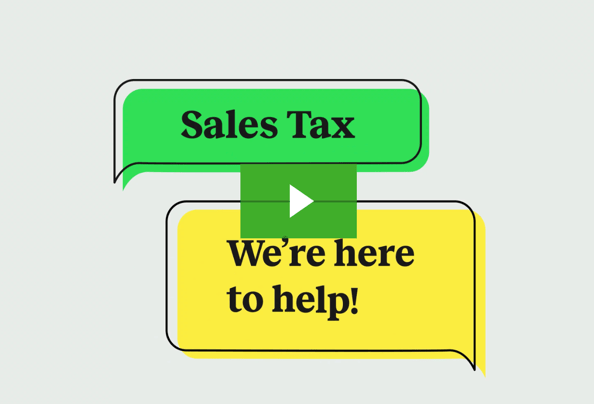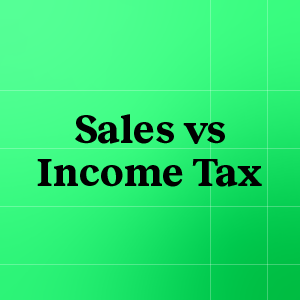How COVID-19 Changed the Home Furnishing Market and What That Means for Sales Tax
by November 1, 2020
As the pandemic forced people to spend more time at home, our living spaces changed drastically. Living rooms became classrooms, bedrooms turned into home gyms, kitchen tables were transformed into cubicles. Our homes became the center of our world, when the world shut down. So it should come as no surprise that since the onset of COVID-19 in the U.S., consumers have turned to spending more money on home decor, kitchen appliances, and outdoor activities.
For some, it was a matter of necessity. Since I’m working from home, I need an office chair that I can sit in all day. For others, the pandemic gave them time to focus on making the home improvements that they haven’t had the time to move out of the planning stage. Whatever the reason, consumers began scouring the internet for home updates and ways to keep their family entertained during quarantine. Of course, these changing shopping trends left eCommerce suppliers grappling with trying to meet new demand. And for some, it means new rules and regulations when it comes to being sales tax compliant.
What are we buying?
For one, office furniture. As many Americans started working from home for the first time, they found themselves unprepared for a home office setup. When working from home continued to stretch out into summer, the couch was no longer cutting it for an office chair. Many companies gave employees stipends to outfit their home offices when the pandemic began. Such as Google, which gave its employees $1,000 at the start of the pandemic to do just that.
With many playgrounds closed and play dates on hold, parents had to get creative on ways to keep their children entertained. The NY Times reported that Wayfair saw an increase in pop-up movie theaters, including a projector, portable screens, and speakers for outdoor moving nights. Outdoor furniture also saw a big boom. Lawn toys, hot tubs, outdoor seating, all things to keep the family entertained during the long stretches of the lockdown.
Lastly, kitchen appliances and updates have become common this year. With consumers spending less time out in restaurants and more time cooking, they’ve splurged on new kitchen appliances and tools. The Wall Street Journal reports a 99% growth in purchases of kitchen machines from May to August, with hygiene and sanitization features being a major selling point for their new products.
What does this mean for sales tax?
The good news? If you live and operate your business in Delaware, Montana, New Hampshire, and Oregon, you don’t have to worry about collecting and remitting sales tax.
Of course, there’s one caveat. (With sales tax, there’s almost always a caveat!) Some local areas within these states may be able to charge a sales tax. While it’s less likely that you are responsible for one of these local sales taxes, you should always check with any state’s taxing authority when you find you have nexus in that state.
Most online sellers are by now familiar with the term “sales tax nexus”. Long story short: retailers must have some kind of presence in a state before that state can require that retailer to collect sales tax from buyers in that state. This can come in the form of a physical presence (such as a location, employee or inventory), or in the form of an “economic” presence in a state.
Even if you do not have a physical presence in a state, if you pass a state’s economic threshold for total revenue or number of transactions in that state, you’re legally obligated to collect and remit sales tax to that state. Economic nexus thresholds vary by state, but don’t worry, we have a full list of those individual thresholds here for you.
You’ll have to dig deeper and see how you should be handling sales tax for your customers. Home decor, outdoor furnishings and toys, kitchen appliances will be subject to sales tax in most states. So, you’ll need to determine the correct rate for each state. Our state guides can help you determine the correct sales tax rate for each state.
As it stands you’ll most likely find yourself charging or paying sales tax on those pandemic home updates. That is unless you are lucky enough to be located in one of the four states that do not have state-wide sales tax laws.
Ready to automate sales tax? Start your free, 30-day trial today. ShareTweet








